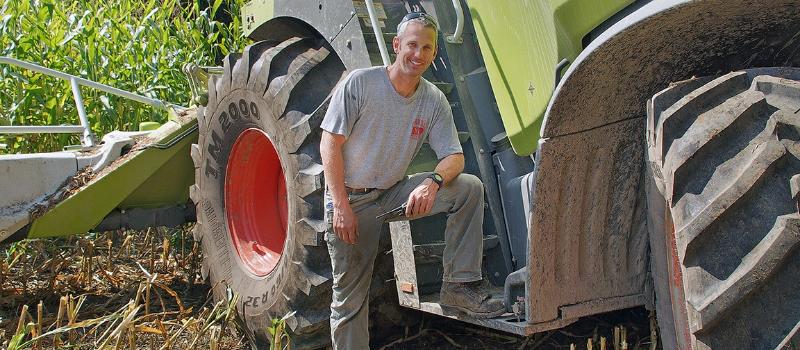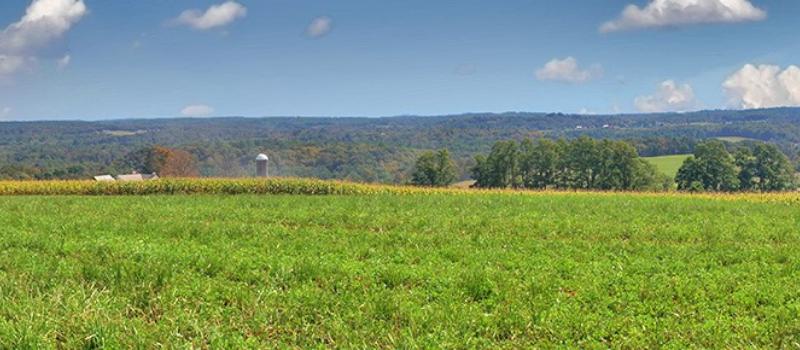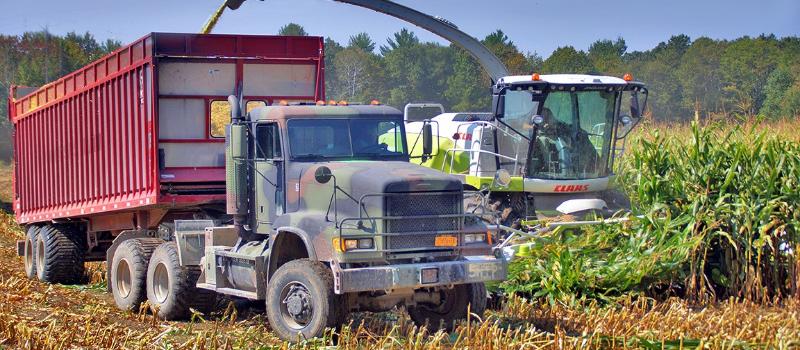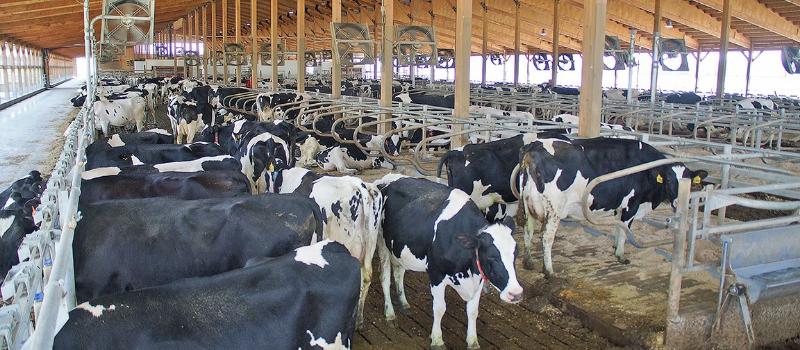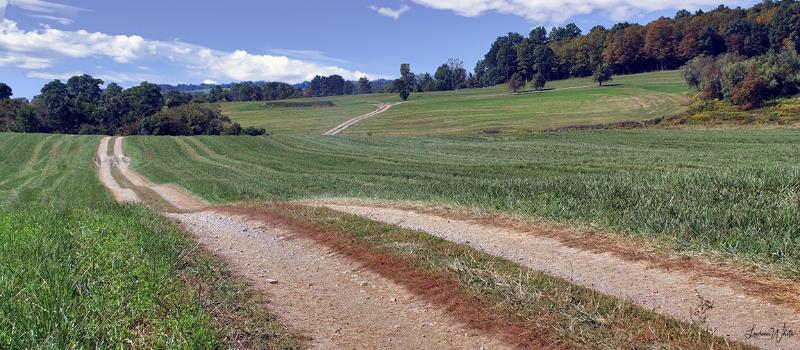A first-time farmer makes his mark through innovation and conservation
While lifelong farmers and first-time dairy farmers often have different visions of, and approaches to, their trade, one thing they share is a love and respect for the land.
And in the case of lifetime farmer Walter Buck and first-time farmer Eric Mayer, the land they love just happens to be the same 242 acres in Schaghticoke.
For Buck, the land and rolling hills served as home to his successful dairy operation, Buckland Farm, for 45 years. Throughout those years, he turned down countless developers who wanted to buy the property. As he neared retirement, Buck knew he wouldn’t be able to farm the land forever but he wanted to be sure the land was protected so that someone else could. Thanks to state funding and ASA’s assistance, Buck’s vision was achieved and his retirement secured in 2013.
About the same time as Buck was preparing for retirement from dairy farming, Eric Mayer’s future in dairy was just beginning.
Mayer grew up in an agriculture-related family business and had a deep understanding of what it meant to build something that will last for generations. So when he and his wife Maureen were looking for a place to establish a dairy operation, the history — and protected future — of the Buckland Farm had appeal.
“We were looking for something large enough in scale to support our family now and in the future. It was important to us to create something where we can raise and then pass it on to our children; a family farm legacy, if you will,” recalls Eric. “The Buckland Farm property was an important first piece of the puzzle for us.”
A new owner, a new vision
The Mayers purchased Buckland Farm and the neighboring Copses Farm in 2013. To realize his vision for the operation, Eric next purchased additional acreage on nearby properties for grazing and crops, including the Herrington and Akin farms for a total of 520 acres. “I was interested in building a progressive dairy that maximized the opportunity and potential of technology,” he explains. “We used the time to consider all the factors that would go into creating an operation that would not only sustain us, but we could feel good about in terms of its impact.”
With a vision and plan in hand, the family moved to the property in 2016 and quickly began construction of a 120,000 square foot dairy facility on the Copses Farm. They also decided to adopt the Copses Farm name for their entire venture. The striking new barns are home to some of the latest in robotic dairy farming technology, including a robotic milking system, an electronic feed management system, robots to convey food to the cows, and heat and rumination tags to monitor their herd's health.
Learn from the past, look toward the future
While Mayer acknowledges the important role that technology plays in the productivity of his herd and the quality of product, he’s also quick to acknowledge the lessons learned from skilled farmers who’ve been at it for far longer than he.
“While I brought some vision and willingness to invest in technology to the operation,” he explains, “A lot of the knowledge and information that we’ve used to create what we have comes from the support of others in the industry. A lot of good people have had a hand in shaping what we have now and what we’ll have in the future. I’m incredibly grateful for their willingness to offer direction and share insights that allow me to learn something new and improve things every day.”
Amid change, land is constant
The other thing Mayer is deeply grateful for is the land beneath his feet.
“Farming is an incredibly capital-intensive venture and real estate is the most important asset,” he says. “You need land to support the operation but it’s easy to get so much money tied up in in land that you’re essentially crippled from investing in any other part of the business.”
With a clear understanding of the land-cash challenge and a familiarity with the work of ASA, Mayer and his wife decided to pursue conservation easements on the three farms.
“The goal,” he explains, “was to protect the land so it can always be used for farming and to free up a some of the capital we have tied up in it to create financial security.” He adds, “What’s interesting —and important— about the work that ASA does is that it has served to support two different farmers running dairy operations who worked some of the same land but at the opposite ends of their careers. How the business runs today is a lot different from what Walter ran but the one thing that’s the same is the importance of the land and its conservation.”
Funding for this project was provided by the New York State Environmental Fund administered by the Department of Agriculture and Markets.

